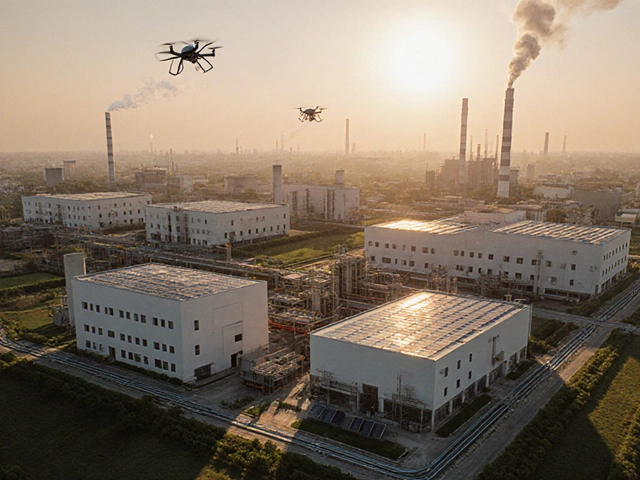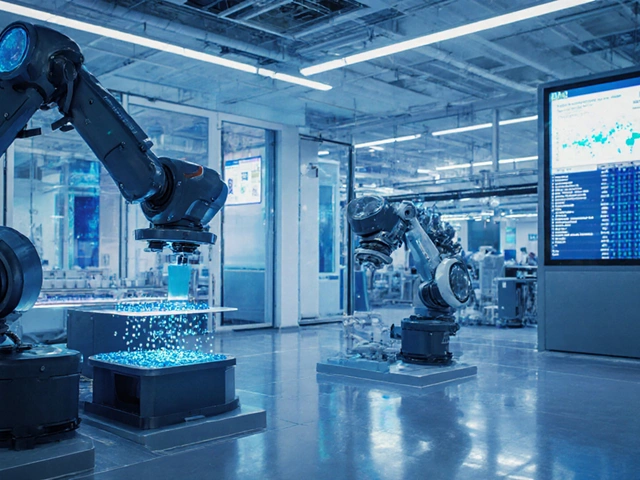Big Players Shaping India’s Manufacturing Landscape
When you talk about manufacturing in India, a handful of companies instantly come to mind. These big players drive most of the output, set the standards, and often decide where the next investment will flow. If you’re a supplier, a startup, or even a job seeker, knowing who they are can give you a serious edge.
Who Are the Big Players?
First off, think of names like Tata Steel, Reliance Industries, and Bharat Forge. They’re not just large; they own entire ecosystems of suppliers, logistics partners, and research labs. Tata Steel, for example, runs mines, steel plants, and recycling units, meaning a single contract with them can touch many parts of the supply chain.
Then there are the pharma giants such as Sun Pharma and Cipla. Their massive production capacities make them the go‑to for bulk medicines, vaccines, and APIs. If you’re in packaging or raw material sourcing, a link with these firms can mean steady orders year‑round.
In the textile world, the biggest synthetic fabric maker is a division of Reliance, while the leading cotton producer remains Raymond. Both dominate domestic sales and export markets, so they often set price trends that ripple through smaller mills.
Don’t forget the rising stars in furniture and electronics. Companies like Godrej Interio and Havells are expanding fast, pushing for smart, sustainable designs. Their growth creates fresh opportunities for component makers and tech providers.
Why They Matter for Your Business
Big players set the benchmark for quality and compliance. When you align your processes to their standards, you automatically become more competitive for other clients too. Think of it as a shortcut—meeting Tata’s ESG criteria, for instance, makes you attractive to many other firms that follow similar guidelines.
They also bring volume. A single order from a large pharma house can be worth thousands of smaller contracts combined. That level of demand helps you stabilize cash flow and invest in better equipment.
On the flip side, these giants can be tough negotiators. They expect reliable delivery, low prices, and quick problem resolution. Building a strong relationship—through transparent communication and on‑time performance—can turn a demanding client into a long‑term partner.
Lastly, keep an eye on their innovation roadmaps. When a major manufacturer announces a shift to green energy or digital twins, suppliers who adapt early reap the rewards. For example, if a steel giant decides to use hydrogen‑based reduction, providers of hydrogen storage solutions will see a spike in demand.
In short, the big players are the pulse of India’s manufacturing sector. Knowing who they are, what they need, and where they’re heading can help you make smarter choices, win better contracts, and stay ahead of market shifts.
What Drives Plastic Production: Major Industry Influencers
Plastic manufacturing is a colossal industry with various contributors driving its expansive growth. From petrochemical giants to consumer goods firms, the industry is complex yet intertwined with our everyday lives. Understanding these contributions is key to addressing environmental challenges and finding sustainable alternatives. This article delves into the major forces shaping the plastic world.
Read More




